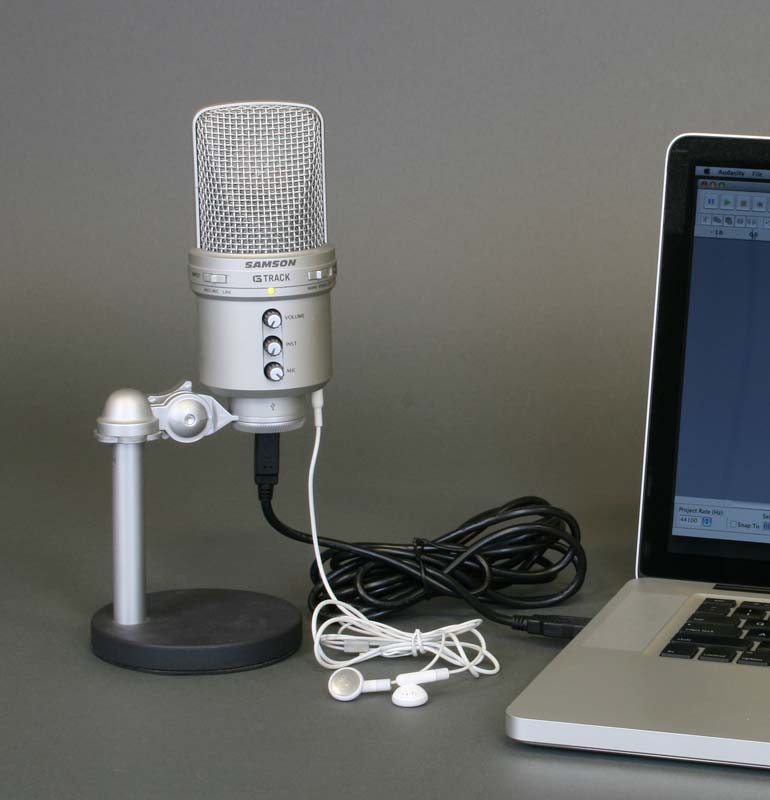Hey folks,
I’m having a latency issue with Audacity 2.1.2, running on macOS 10.13.6.
When recording using an instrument input through my Apogee Duet, there is a roughly 200 ms delay between when I play a note on my instrument, and when I hear it through audacity. If I use Garage Band instead of Audacity, and leave everything else in the signal chain the same, there is no delay.
I’ve tried adjusting the latency value in “Audacity > Prefs > Recording > Latency Correction,” using values ranging from -1000 to 1000, and none of them have any impact on the delay I hear – it’s always right around 200 ms. I have been quitting and restarting the Audacity app after making each change, before doing each test.
Can someone offer guidance on what I might be missing?
The latency you are hearing is the time it takes for Audacity to receive audio from your interface, process it, and play it back. This is what happens when you use “Software Playthrough”. You can’t get rid of this.
Audacity’s “Latency Compensation” corrects for the time it takes Audacity to receive, process and record your audio so it will be in sync with previously-recorded tracks.
To avoid the latency (delay) that you’re hearing you need to listen to the output of your interface, not the output of your computer.
See this discussion in the manual.
– Bill
Hey Bill,
Just wondering – if this is the case, then why is there no delay when I use Garage Band?
Hey there Bill,
Thanks for the reply. I’m a bit confused – if there’s nothing that can be done about the delay, then why am I able to use another app (Garage Band) instead of Audacity, which also receives the recording and sends the output to the same DA interface (Apogee Duet), without this problem?
receives the recording and sends the output to the same DA
That’s not quite what it does. The program sends your performance through a shortcut to suppress this delay. It’s not going all the way into the editor and then all the way back out again. And the delay doesn’t go to zero. It just gets very, very low.
Audacity could do that, too, but it has to support ASIO software which costs buck$. Audacity is free.
It’s possible to recompile Audacity to support ASIO, but you can’t then legally use the program anywhere else, and, you have to know how to manage computer programming.
The easy way out is get your performance mix from the device or microphone.
Koz
Ahh, I see. That makes sense. Thank you.
It’s not that unusual now to find devices that can use this connection trick. The original overdubbing tutorial has three examples.
That G-Track microphone. (I don’t own that one. It’s on loan and I told the owner if he wasn’t watching it I was going to steal it)
This is Shure’s X2U microphone to USB adapter. It’s not recommended for some performance reasons, but it does do this overdub trick.

That’s a Shure SM58 microphone which has been through the wars. It came back from a gig once in two pieces. It still works perfectly.
…and this is the popular Behringer UCA-202 Line-In and Line-Out adapter.

I didn’t write it down, but the Behringer UM2 microphone amplifier also works. That’s my analog-only sound mixer on the right.
No, I don’t recommend earbuds for musical performance overdubbing, but I had those, they do work, they fit in the picture and they’re pretty.
Koz


